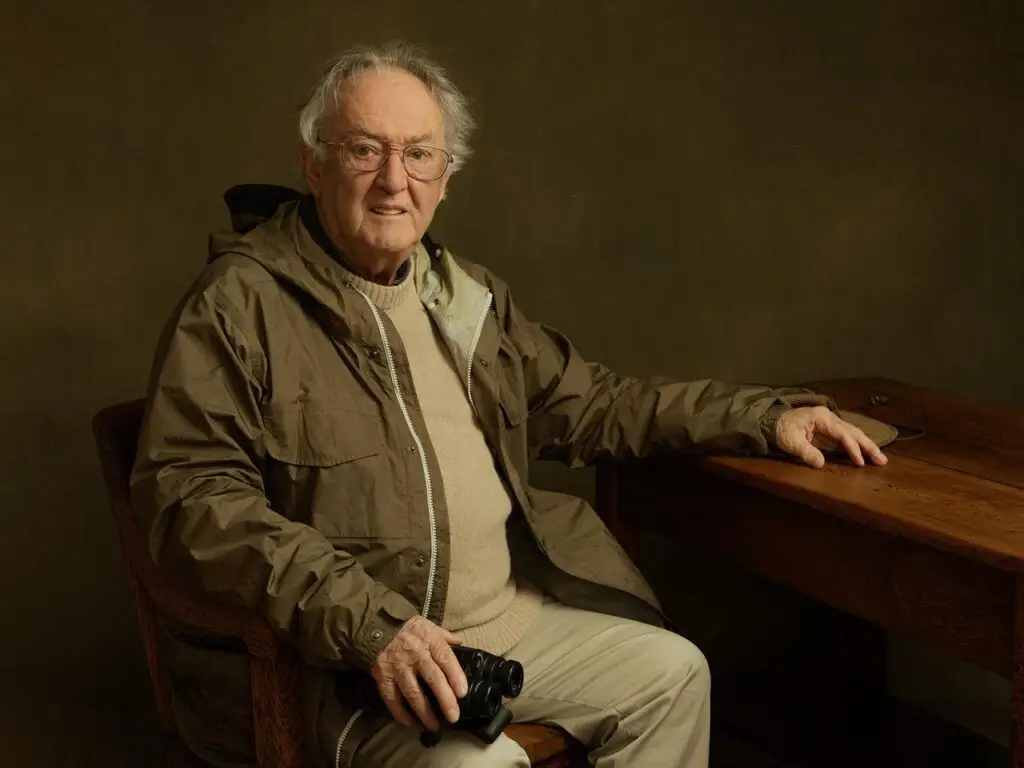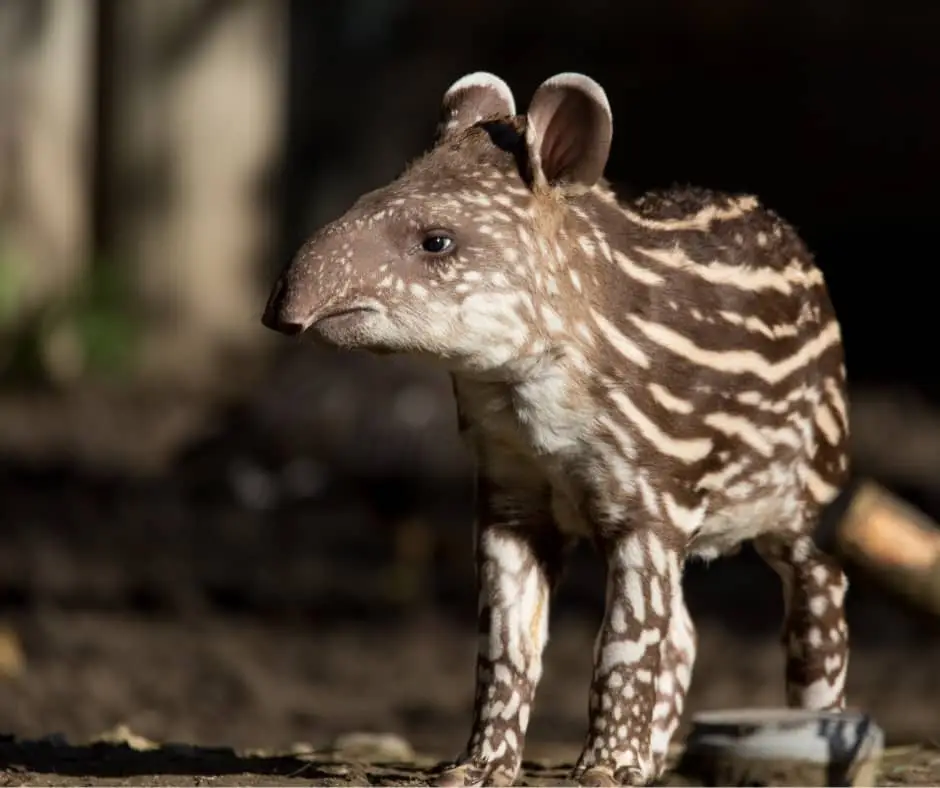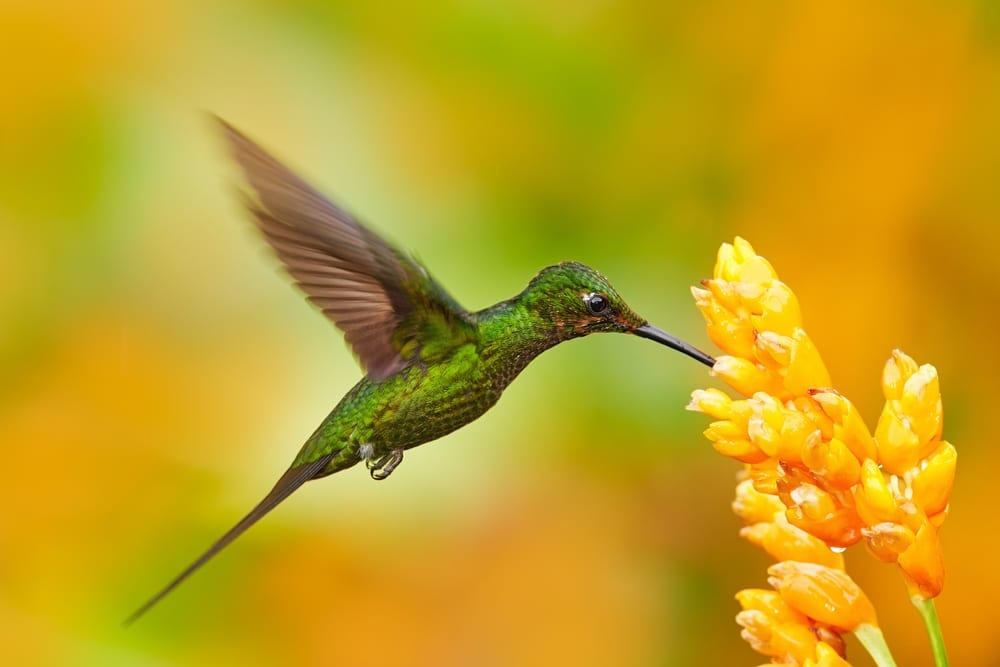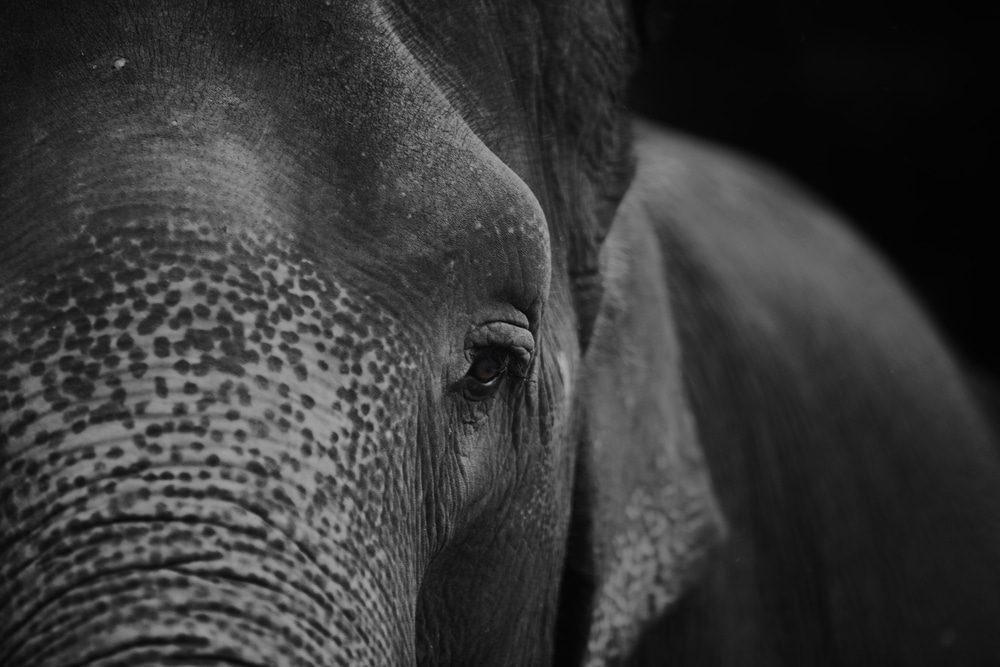About Saving Nature
We Restore Fragmented Habitats
At Saving Nature, we restore links between fragmented habitats to help rescue endangered and threatened species from extinction. In addition, the forests we create help fight climate change. As the native trees in our wildlife corridors grow back, they absorb carbon dioxide and create oxygen. Importantly, we work with local conservation groups who have the knowledge and experience to effectively restore forests, engage with local communities, and monitor results.
Our Moral Imperative
As we collectively face a planet increasingly in distress from climate change, deforestation, pollution, and population growth, Saving Nature is working to create a more sustainable future. With humans and wildlife increasingly in conflict and ecosystems frayed and collapsing, we believe it is our moral imperative to take action where we can have the highest impact.
We look for areas where the highest concentrations of the earth’s biodiversity under the greatest threat of extinction. As a result, we primarily focus in the tropics, which hold about two-thirds of the earth’s biodiversity and are under extreme threat of deforestation. Rather than focusing on a few charismatic species, we strive to maximize our conservation impact. Accordingly, we direct and leverage our efforts towards places facing imminent loss of biodiversity and destruction of unique ecosystems.

Our History
Dr. Stuart Pimm founded Saving Nature in 2019 as part of his vision for restoring nature for sustainable gains and broader impact. Saving Nature builds on the exceptional success with SavingSpecies, an organization Pimm founded in 2007 to create wildlife corridors in important areas for biodiversity.
Notably, Saving Nature has a considerably expanded conservation mission – fighting both climate change and the extinction crisis. In addition, we have broadened the habitats we restore. Originally focused on forests, we now also look vanishing grasslands, wetlands, and other habitats with unique biodiversity.
Where and How We Work
We begin by mapping big data sets to find places where we can maximize our impact. From there, we look for places to establish a base to rebuild the surviving remnants. Our goal is to create the most effective corridor possible with the available resources.
We begin with global biodiversity maps to broadly define our geographic focus. Next, we identify the species most at risk from habitat loss and fragmentation. Specifically, we focus on species with small ranges, which are more likely to be threatened. Lastly, we look for opportunities to purchase land at low prices.
01
Focus on Biodiversity Hotspots
We focus on nature in crisis in biodiversity hotspots. By and large, we work in the tropics, where poverty and environmental destruction converge, driving species extinctions and hardship for local communities. From there, we acquire and restore habitat to secure a sustainable future for threatened species and the planet.
02
Science-Driven
Saving Nature has developed a unique approach for leveraging local conservation action to solve global environmental challenges. Our goal is to make the right investments in conservation to maximize success. To do so, we use science to drive our programs, seek peer review from experts, and develop capacity in local organizations to carry out the work.
03
Conservation Partnerships
Importantly, we work with local non-governmental organizations, young scientists, and the scientific community. Through this collaboration, we develop fresh insights and best practices for monitoring, modeling, and sharing front-line lessons. Our goal is to improve the knowledge base for restoring habitat, recolonizing species, and protecting ecosystem services for local communities.
04
Knowledge Sharing
We are working to improve the knowledge base for conservation. We believe that by openly propagating science and knowledge, any insights gained can be amplified. In doing so, we can have impact far beyond the projects in which we are directly involved. Ultimately, we hope our science, monitoring, and modeling contribute meaningfully to conservation best practices on a global scale.
05
Measure Impact
At Saving Nature, we measure impact, ultimately defining success as saving species from extinction. We use three key performance indicators to track our progress toward sustainable long-term impact:
- The degree of connectivity among existing fragments and quality of the wildlife habitat.
- The number and diversity of species moving through our wildlife corridors to recolonize protected areas.
- The ability of our local partners to deliver long-term sustainable benefits to the local community.
Featured Projects
We are working to create 13 wildlife corridors in 5 countries – Brazil, Colombia, Ecuador, India, Indonesia, and Tanzania. We have restored and protected 9,673 acres of degraded land with native trees. Below we showcase three areas where we work with local partners to build a better future for people and wildlife.

Brazil
Brazil's Atlantic Forest is home to 60% of Brazil's endangered species. Centuries of exploitation whittled away 95%. Housing developments threaten what's left.

Colombia
The tropical Andes are extremely vulnerable. Colombia could lead the world in climate-driven extinctions. Commercial agriculture is driving deforestation.

Sumatra
This is the last refuge where Sumatran rhinos, elephants, tigers, and orangutans co-exist. Human-wildlife conflicts and poaching threaten their survival.
Subscribe To Our Newsletter
Sign-up to receive updates on our projects, our science, and our progress in building a healthier planet.
Copyright 2025 Saving Nature | fGreen Theme powered by WordPress
